Un po’ fata, un po’ fatal: la “flower girl” di Chanel Haute Couture, portata in …
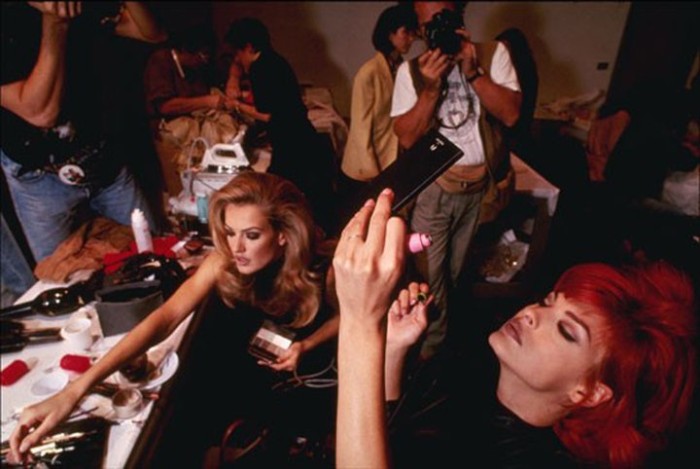
«C’è stato un tempo, in cui quello che succedeva fuori dalla passerella veniva considerato un’irrilevante nota a piè di pagina dell’evento principale. In un episodio del 1991 del programma di Mtv House of Style, Cindy Crawford descrisse il pre-show come “appassionante quanto uno sconto al supermercato”. “La gente era abituata a vedere le ragazze sulla passerella, quindi non si pensava che il backstage fosse interessante, perché era reale” commenta la celebrata fotografa Roxanne Lowit. “Non c’erano troppe persone, e dato che si facevano meno sfilate, si respirava un’atmosfera molto più rilassata” dice la visagista Londinese Nichola Joss. Si ricorda di Kate Moss “che amava prendersi cura personalmente delle sue unghie”. Il processo di abbellimento era considerevolmente più improvvisato. L’hair stylist Oribe imbrattava i visi delle modelle con una pomata luccicante prima di mandarle sulla passerella in occasione della sfilata del designer cubano Manolo, nel 1993; Joss, che adesso lavora come esperta di pelle per la St. Tropez racconta che la sua vecchia tecnica per l’abbronzatura consisteva nel mescolare makeup da teatro e lacca per capelli. Fino a metà degli anni ottanta, le modelle erano spesso responsabili del proprio abbellimento. I professionisti del trucco, quando c’erano, non avevano controllo completo della situazione. “Provavano a dare direttive”, dice Stephanie Seymour, “ma nessuno ascoltava”. Elle MacPherson ricorda di essersi spesso sentita scoraggiata nel vedere con che destrezza le altre ragazze maneggiavano spazzole e pennelli: “Avevamo tutte quante il cofanetto di trucchi a strisce bianche e marroni di Henri Bedel, che al tempo era l’accessorio cool da avere” aggiunge. “Passavo il tempo cercando di imitare Linda Evangelista. Lei semplicemente si trasformava”. Verso la metà degli anni novanta le cose erano già cambiate. I migliori hair stylist e truccatori avevano raggiunto lo status di megastar a loro volta. “Le supermodel divennero così la prima categoria ad avere sempre qualcuno che le truccasse” racconta Greenwell. “Le ragazze facevano a gara per sedersi sulla mia sedia” dice Nars. “Linda arrivava di corsa ed era la prima a sedersi. Non voleva che nessun altro del mio team si occupasse del suo trucco, voleva solo me”. Fu proprio Nars a insegnare a Linda Evangelista, che le altre modelle già consideravano una vera maestra del makeup (“Mi salvò la vita più di una volta con le sue abilità”, racconta Seymour), come farsi le sopracciglia usando solo una foto di Sophia Loren come riferimento. Tatjana Patitz ricorda: “si stava in coda per il truccatore con cui volevi lavorare, e se ti toccava l’assistente diventavi un po’ snob del tipo -questo sbaglierà il fondotinta- Non volevamo rischiare, quindi ce lo facevamo da sole”. Anche Claudia Schiffer ha dato il suo contributo: “spesso chiedevo all’acconciatore di intervenire sulla piega in funzione di quella che mi sarebbe stata meglio”. Nelle odierne e rapide settimane della moda, per cui acconciatura e trucco vengono decisi con settimane d’anticipo sulla sfilata, è fortemente improbabile vedere una modella che azzardi qualcosa di più di un ritocco del rossetto. “Oggi, è importante per le modelle apparire uniformi nel makeup” dice Nars…» Da Elle UK
“…There was a time, when what happened off the runway was considered merely an inconsequential footnote to the main event. In a 1991 episode of Mtv’s House of Style, Cindy Crawford described the pre show scene as ” about as glamourous as a supermarket sale”. “People were used to seeing the girls on the runway, so they didn’t think the backstage was interesting, because it was real”, says celebrated photographer Roxanne Lowit. “There weren’t as many people, and because there were fewer shows, it was a much more relaxed atmosphere” says London facialist Nichola Joss. She remembers Kate Moss “who was always loved doing her own nails”. The beautification process was considerably more improvisational. Hair stylist Oribe smeared models’ faces with a shimmery pomade before sending them out on the runway at Cuban designer Manolo’s show in 1993; Joss, who is now a skin expert for St.Tropez, says her early tanning technique involved mixing theater makeup with hairspray. Until the mid-80s, models were often responsible for their own primping. Makeup pros, when present, weren’t entirely in control. “They tried to give direction”, says Stephanie Seymour,”but no one listened”. Elle MacPherson remembers feeling daunted by the other girls’ dexterity with brushes and wands: “We all had Henri Bendel brown-and-white striped makeup boxes, which was the cool thing to have”she says. “I sat around trying to copy Linda Evangelista. She would just transform”. By the mid-90s’ , things had changed. Talented hair and makeup pros gained megastar status. “The supermodels became the first generation to always have someone doing their makeup” Greenwell says. “The girls used to fight over my chair” Nars says. “Linda used to run over and be the first to sit down. She didn’t want anyone else on my team to do her makeup, just me”. It was Nars who taught Linda Evangelista, whom the other models revered as being a makeup maestro herself (” She saved my life more than once with her skills” Seymour says), how do her brows, using a photo of Sophia Loren as a template. Tatjana Patitz remembers: “You’d stand in line for the artist you wanted to work with and if you got an assistant, you’d become a little snobby, like “That person’s not going to do the foundation right” We didn’t want to risk it , so we’d just do it ourselves”. Claudia Schiffer also intervened with her strands: “I often asked the hairdresser to amend my hairstyle to what suited me better”. At today’s fast moving fashion weeks when hair and makeup are decided upon in advance of the shows you are unlikely to see a model so much as touch up her own lipstick. “Today, it’s important for the models to look very uniform with their makeup” Nars says…” (words from Elle UK)
with love, Elena


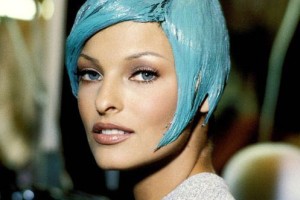
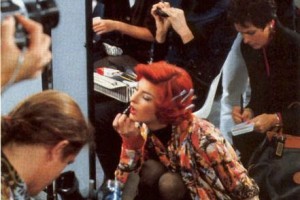
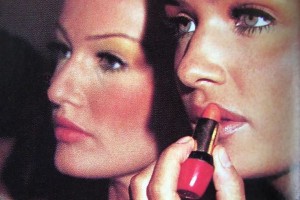
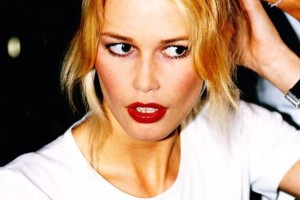
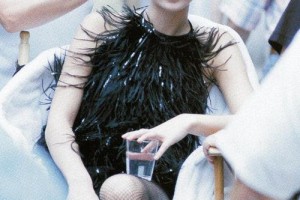
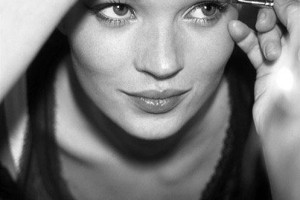
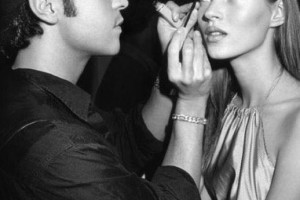
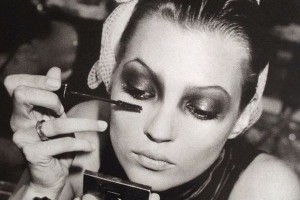
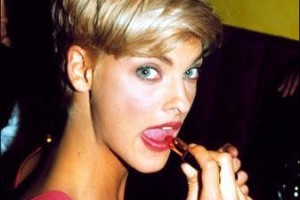
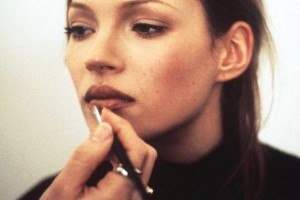
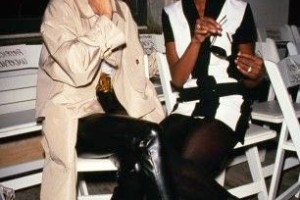
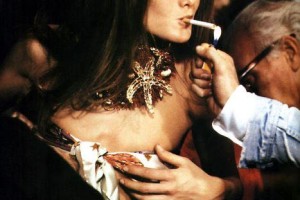
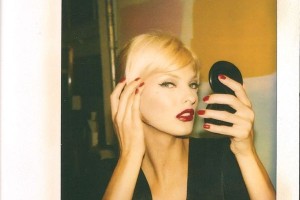
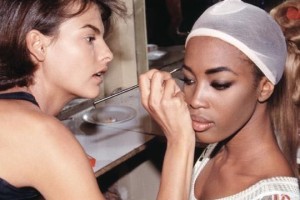
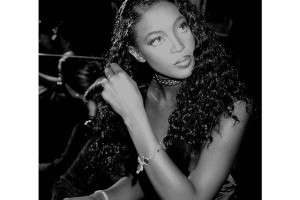
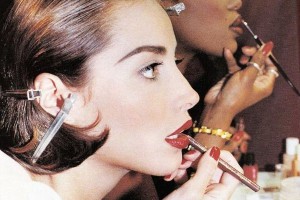
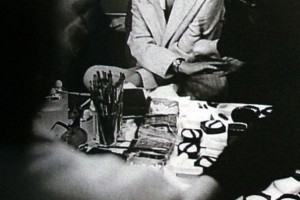
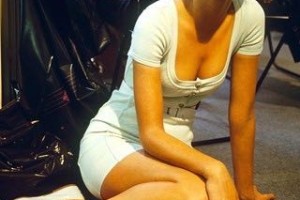
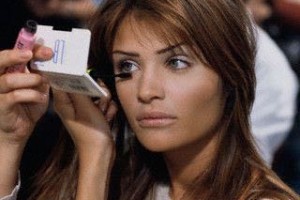
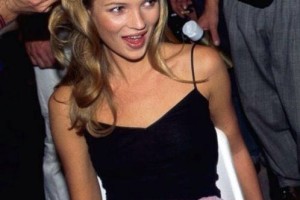
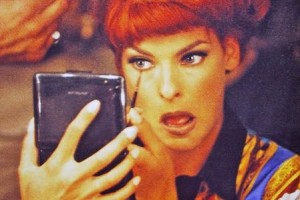
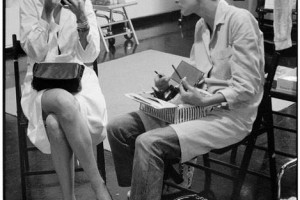
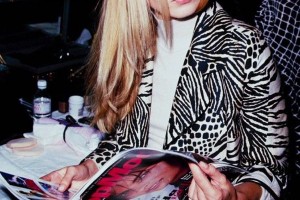
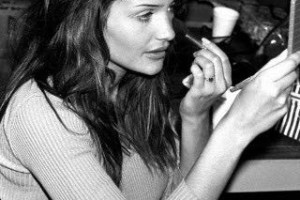
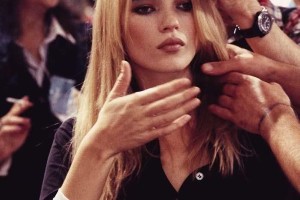
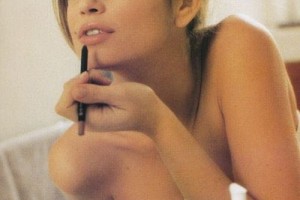
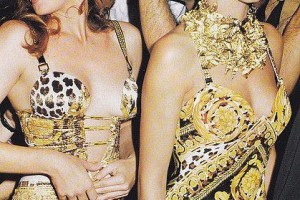
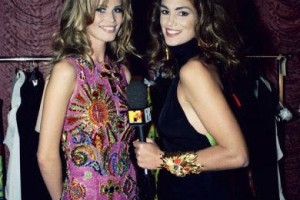
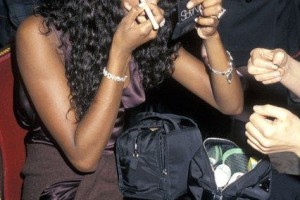
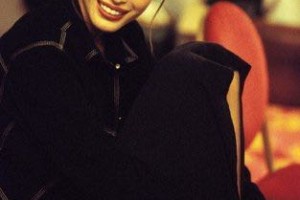
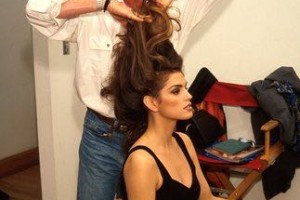
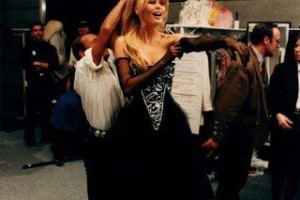
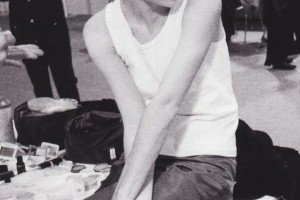
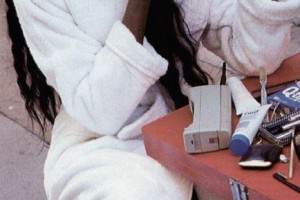
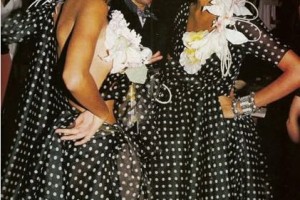
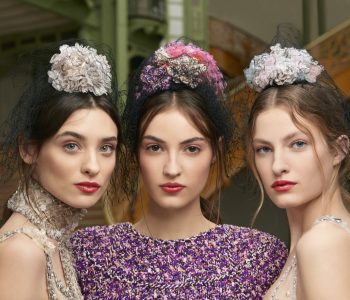
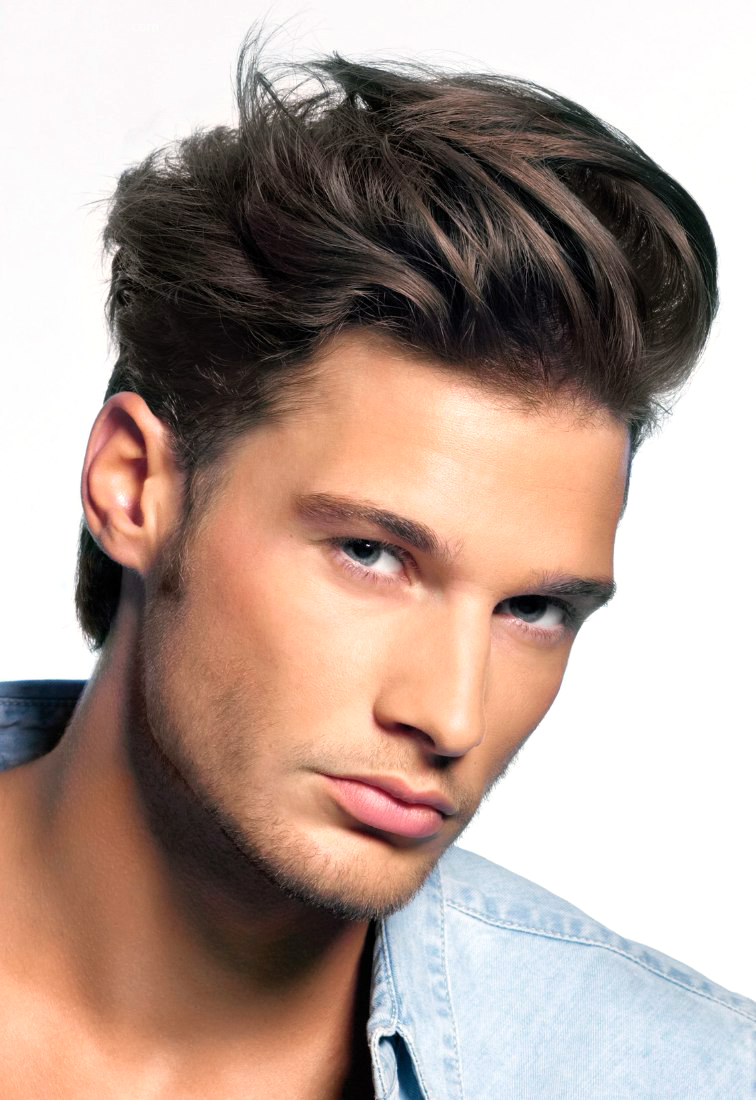
Prima tutto era “improvvisato” e certamente nei backstage l’atmosfera era, non solo più rilassata, ma credo molto più emozionante. Quanto cose che ci fai scoprire ele?! Chi l’avrebbe mai immaginato che una Kate si prendeva cura personalmente della propria manicure!
vero?!??!
Diventerà sempre più comune anche fra le star “farsi il trucco” da sole. D’altra parte chi meglio di noi conosce se stessa???? Bel post.
😉
Com’è che Linda Evangelista sta sempre bene???? bionda, rossa, azzurra!!!! con e senza trucco!!!! erano TOP che si potevano permettere di scendere in passerella anche appena sveglie, sarebbero state belle comunque perché uniche e particolari. Ora, con tanti volti emaciati, poco espressivi e tutt’altro che sorridenti, il lavoro è più complesso.
sono d’accordo con te. sembra che non ci siano più le top di una volta. o forse sono davvero cambiati i tempi, boh….